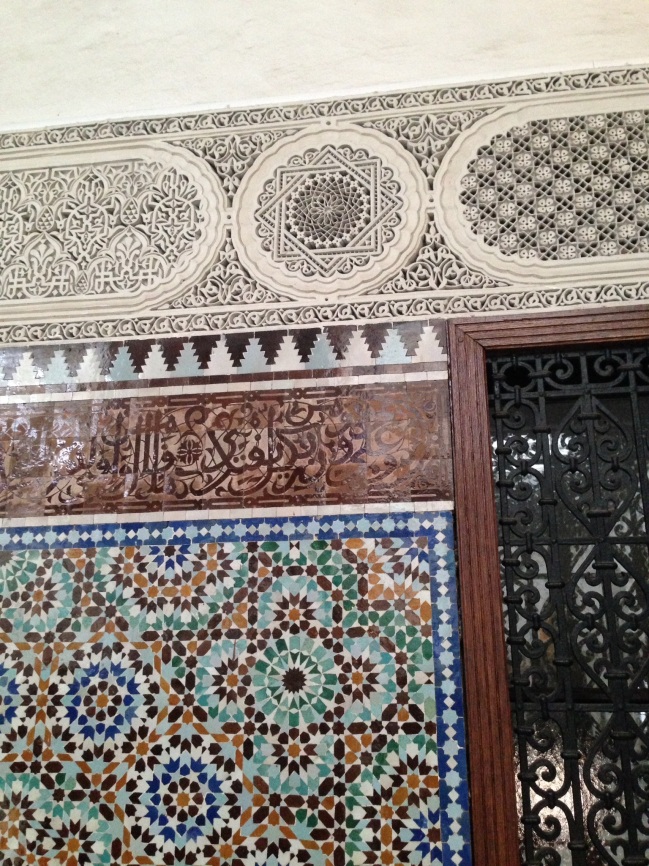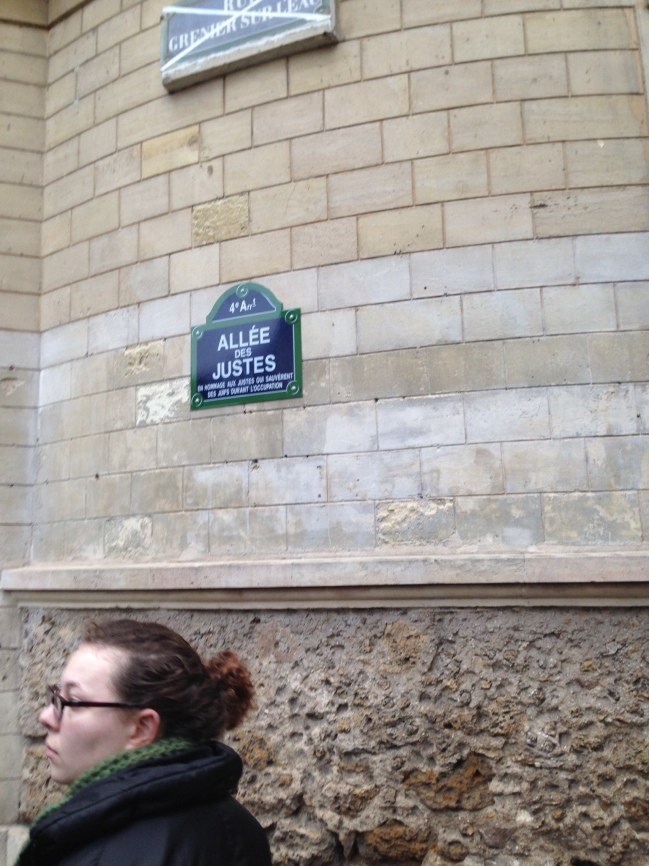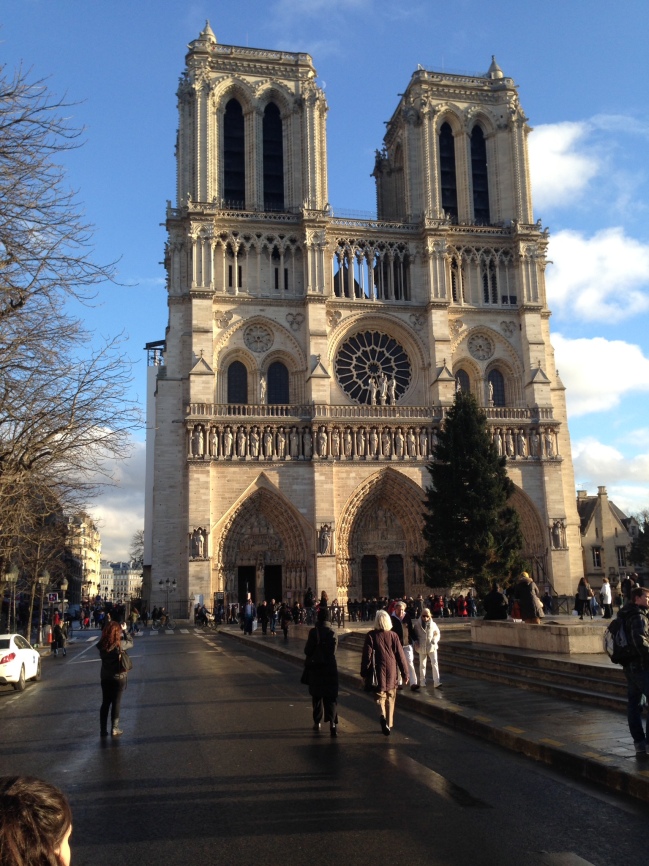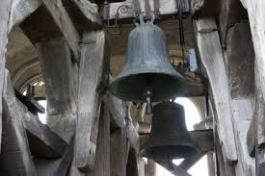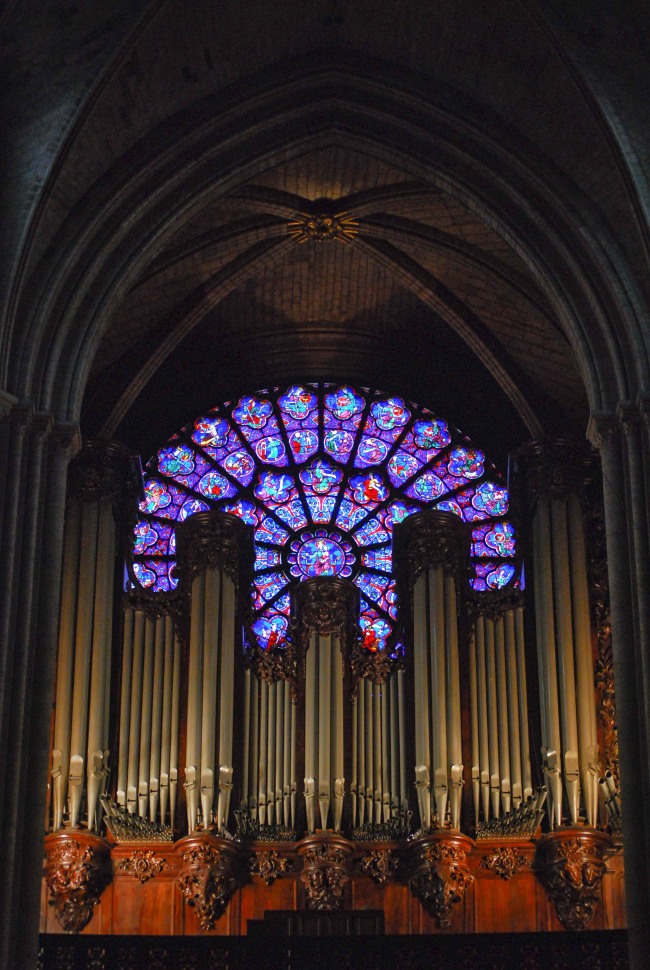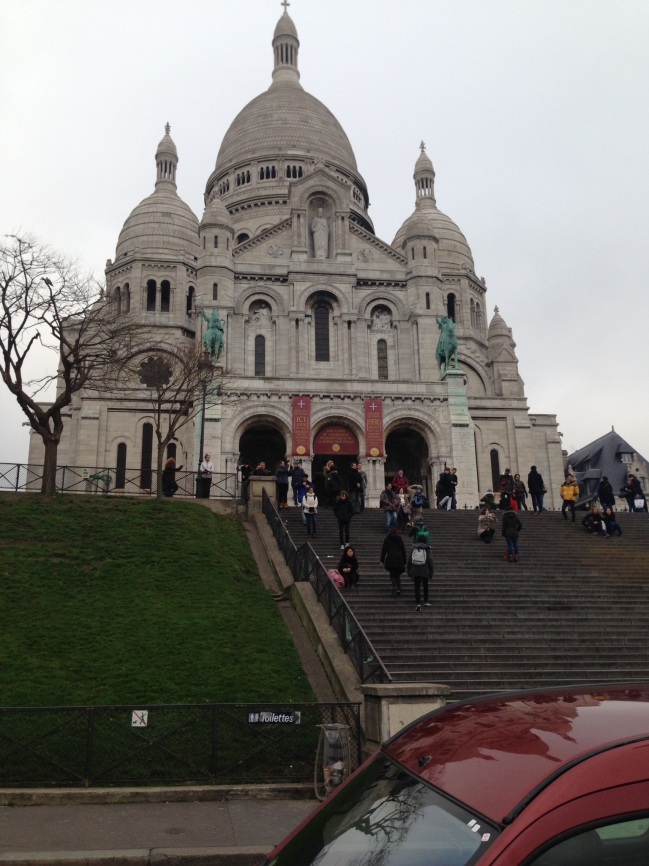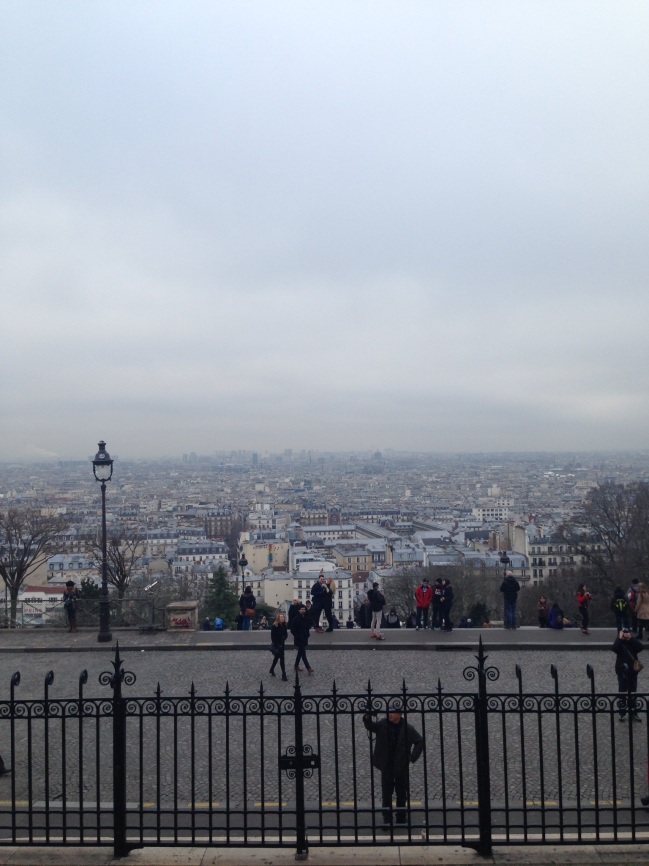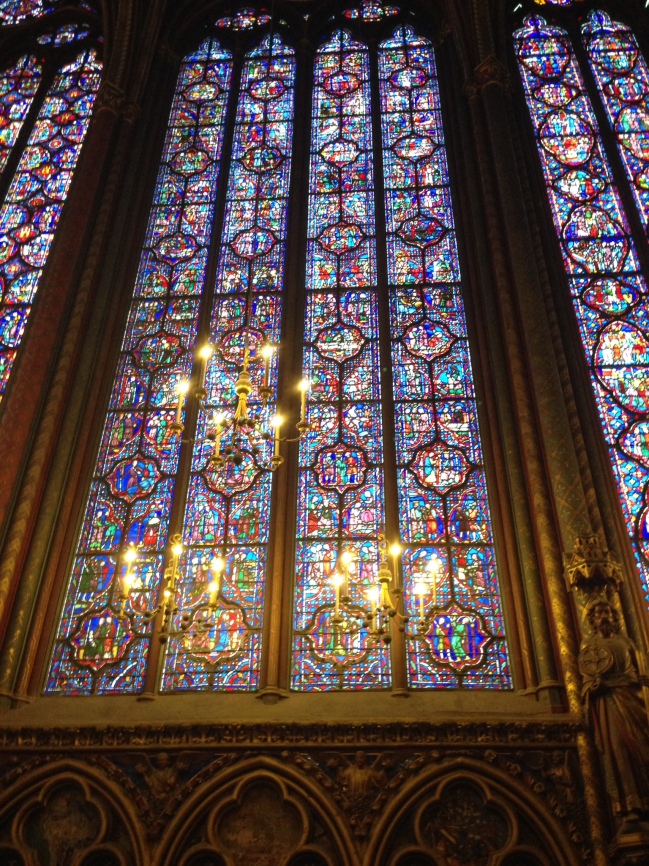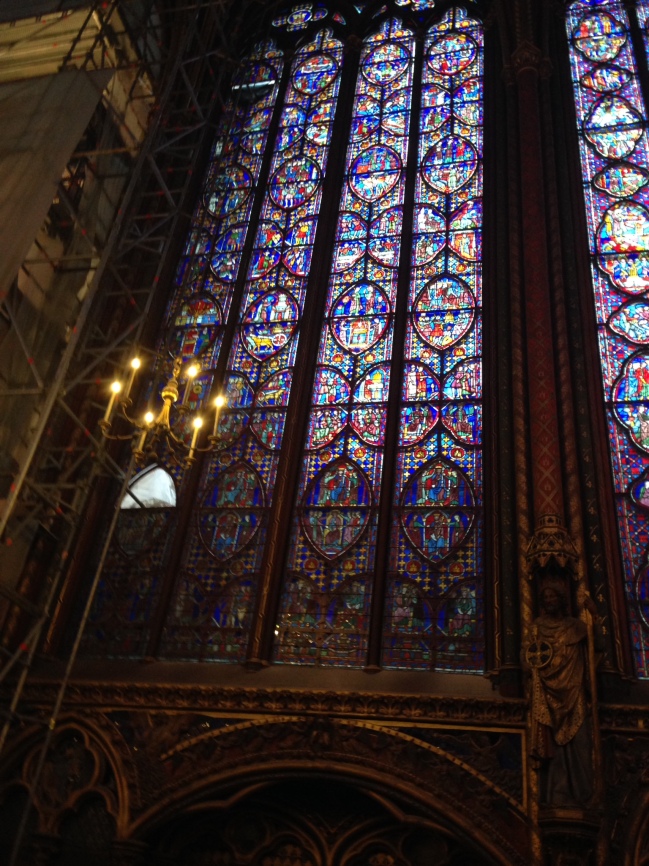Although I have always proclaimed my interest in Fashion, during my visit to Paris was not enthralled because I noticed that it’s all in the same. I did not find any big gaps in regards to Paris fashion trends and those in New York. Therefore, I switched gear to their food. There’s no denial that French food was and still is a big deal. Although there was a period, where this was demystified by forces such as Julia Childs, I was extremely interesting in trying to grasp first hand, why French food was considered High taste to begin with. I also was extremely interested in noting the influence immigration had in changes in their cuisine.
My first day in Paris, I noticed how much a big deal food in general was. This included chocolatiers, pastry shops and cafes. Cafes in Paris are like Bodegas in NYC, there are at least 3 on every block. It was not until dinner that I actually observed how the concept of the restaurant was engraved in their culture. I mean it does make sense after all the French are the inventors the table, the cooking vocabulary, restaurants and the concept of cuisine. I recall a conversation with my grandmother as she was asking about the food and I said to her “The French do not cook”. I had no idea if this was attributed to the fact that our hotel was located in a tourist area but it seemed that as the clock stroked 7pm, those cafes were filled to capacity. It was just unbelievable, I remembered my friend Jocelyn turning to me saying isn’t it the same in NYC and I said I don’t think so. However I’m definitely not complaining because those meals were delightful. Especially the meal I shared at Café Constant, which I admit was the highlight of my trip. It was a perfect example of great French food. I also noticed that dining out served the sociological purpose of bringing me and my mates together. We had conversations about our values and life experiences that we probably would not have had in a class room. In a sense eating out daily made me feel French , I wanted to absorb their culture. As the saying goes “When in Rome…..” (You know the rest). Crepes and croissants easily became a part of my daily eating routine. A bite of a crepe allowed me to share their cultural experience. I had at least two daily. I said to someone, this is legit like the Hot dog of NYC. You cannot go to New York City especially in the summer time without having one.
The act of dining out also allowed me to see the impacts of gastro nationalism and globalization. As a result of these processes, we were able to have Italian, Moroccan and Lebanese food while in France. There were also the options of Starbucks and McDonalds. The presences of these cultures prove that food in France goes beyond escargot or steak and fries. It shows the acceptance of diversity in cuisine exists.


